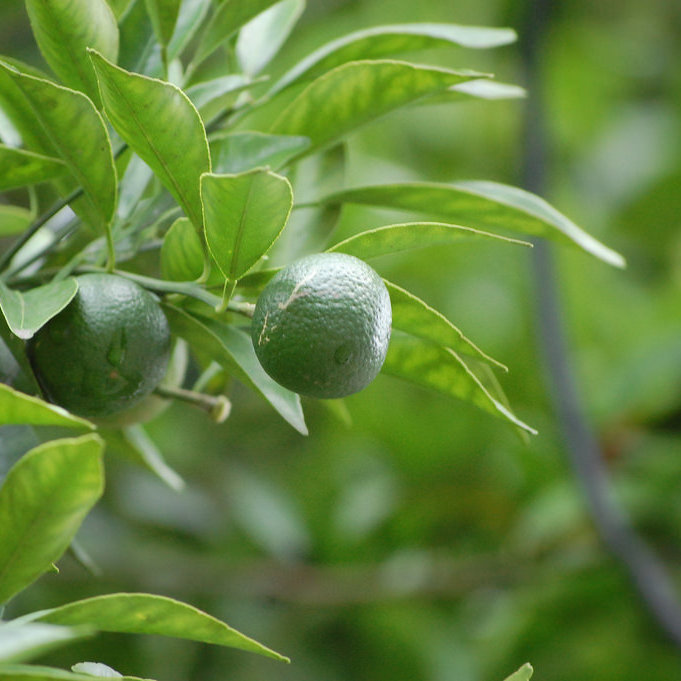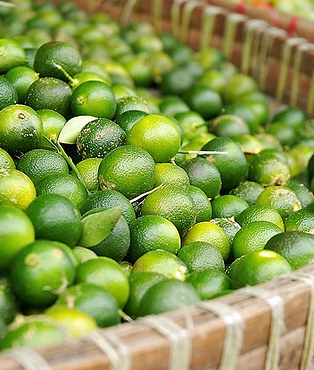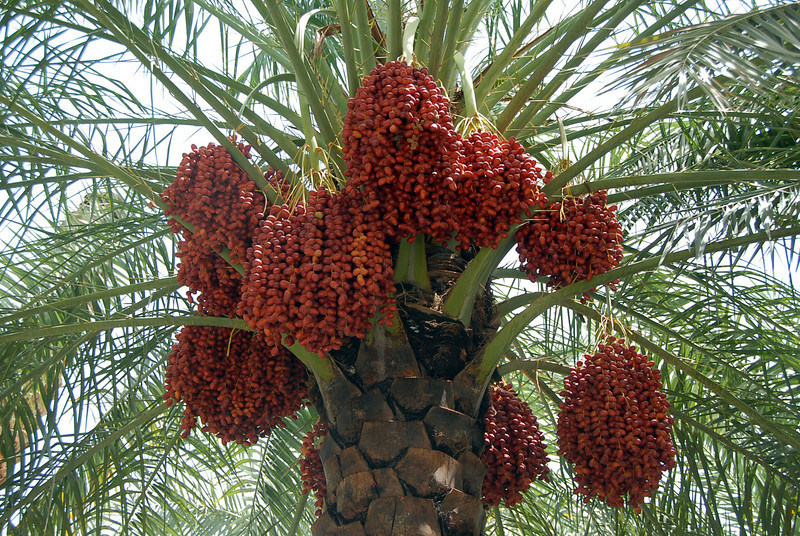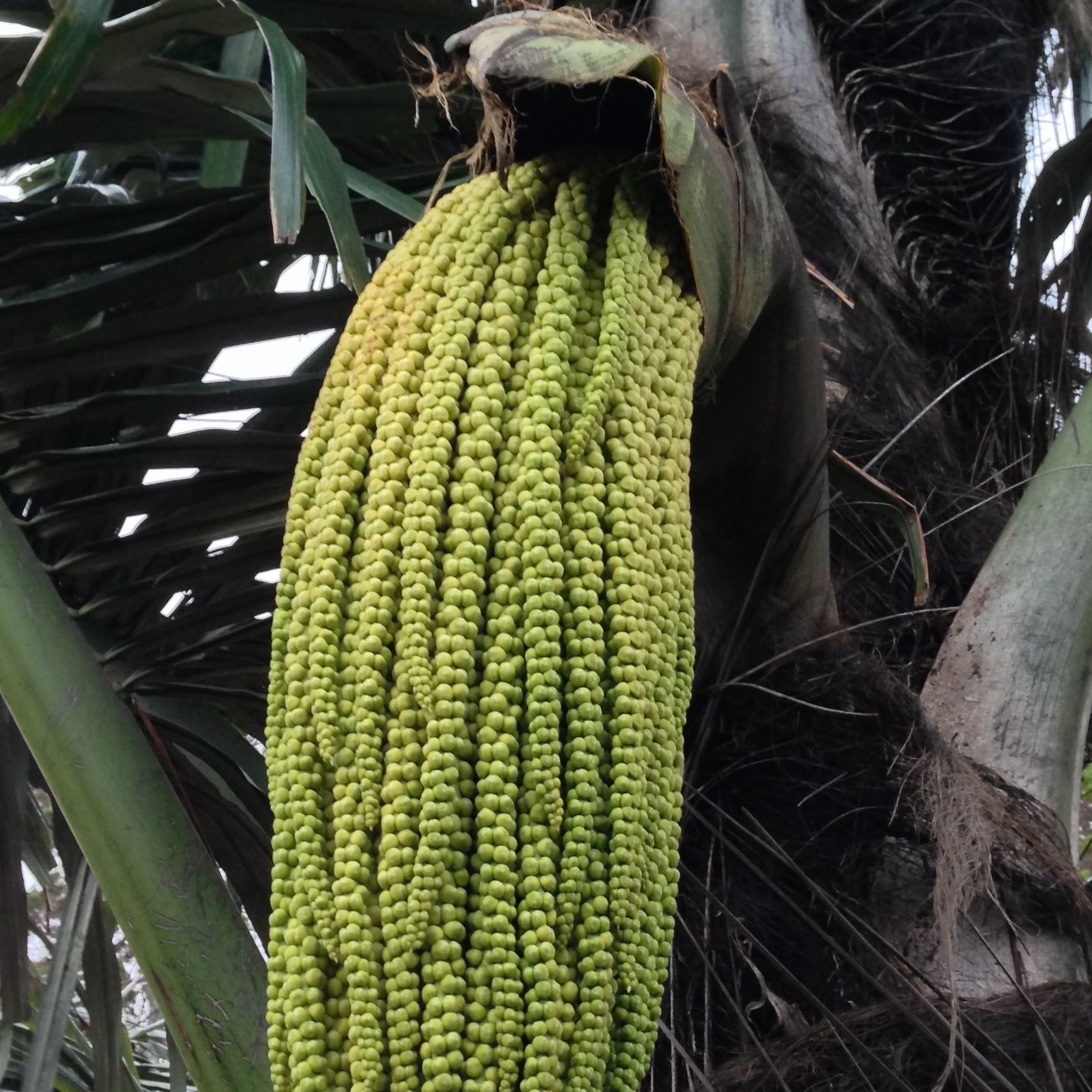ABOUT CALAMANSI

Calamansi scientifically known as Calamondin – Citrofortunella microcarpa belongs to the Rutaceae family. Calamansi is a popular citrofotunella; this means it is an inter-genetic hybrid between the genes of a citrus and Kumquat. Calamansi is widely cultivated in different parts of the world such as Philippines, Malaysia, Indonesia and Southern China.
Calamansi has a distinct characteristic of a wing-like appendages on the leaf stalks and white flowers and it is very similar to a small round lime sizing up to 25-35 mm in diameter. The pulp of the fruit is orange in color and has very thin orange peel when it ripens. Each fruit bears 8 to 12 seeds each.
Rich in Vitamin C, high in antioxidants called Phloretin-G and Vitexin

Calamansi has the perfect blend between sweet and sour, filled with rich natural citrus aroma which also provides a lot of benefits to our body.
Preparation of the Super Food:
The Calamansi puree is prepared carefully in order to enhance the citrus skin aroma. We also maintain the green extract from the skin which provides the natural colour of the puree.
Calamansi has high antioxidants properties:
Calamansi contains high antioxidant content, including Phloretin-G and Vitexin that have inhibitory effect against bacterial biofilm formation.
Benefits to our body
• Calamansi high in Vitamin C, use in a cough and cold remedies.
• Good for digestive health, it act as natural detox agent to our body.
• It has natural anti-inflammatory properties and strengthens immune system.
• It also contain high amount of Calcium, Potassium, Phosphorous, Magnesium, Sodium and Zinc.
About Date fruits

We maximised the benefits from Calamansi fruits by using dates as a sweetener replacer for white sugar. Dates contain high fibre which help to improve our digestion system.
Supplements of Sugar – using Dates as sweet replacer
Dates is a staple food of the Middle East and the Indus Valley for thousands of years. Dates provide a wide range of essential nutrients, and are very good source of dietary potassium. The sugar content of ripe dates is about 80%; the remainder consists of protein, fibre and trace elements including boron, cobalt, copper, fluorine, magnesium, manganese, selenium and zinc.
coconut sugar is derived from the flower sap of coconut tree

Coconut sugar is derived from the sap of coconut tree.
Coconut trees are widely grown in the coastal areas of tropical Asia, especially Southeast Asia.
It is a medium-sized palm, growing to an estimated height of 15-20 meters tall, with the trunk covered by the rough old leaf as its base.
It begins to flower after 10 – 12 years of cultivation, and will last throughout the year. The flower will grow from the highest point and successively to the lower part of the tree. After the last and lower part of the tree start to flower, it will start to die within 15 – 22 years.
